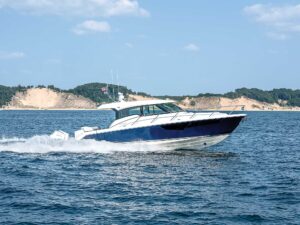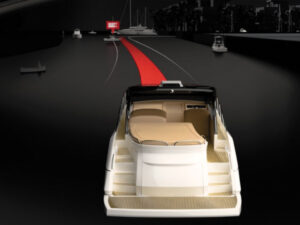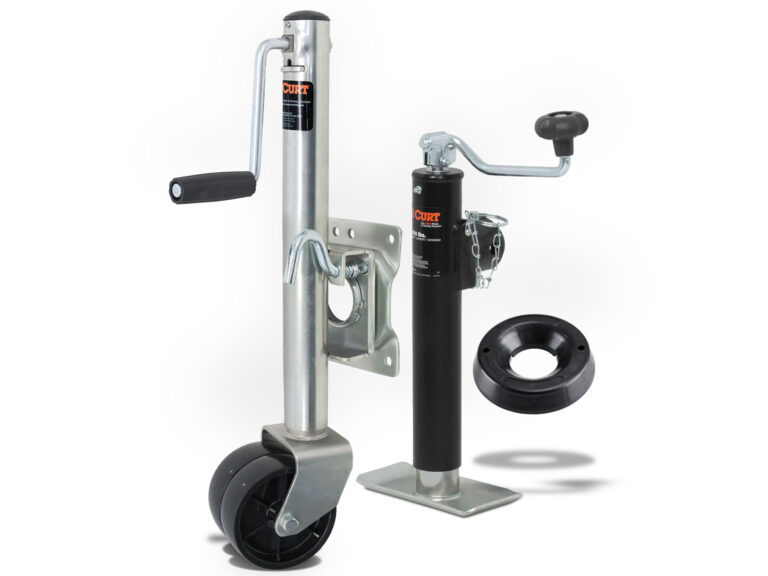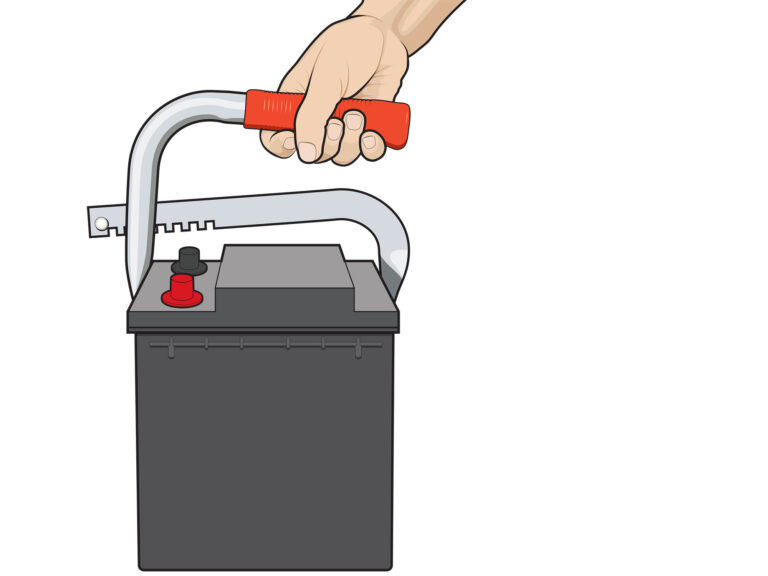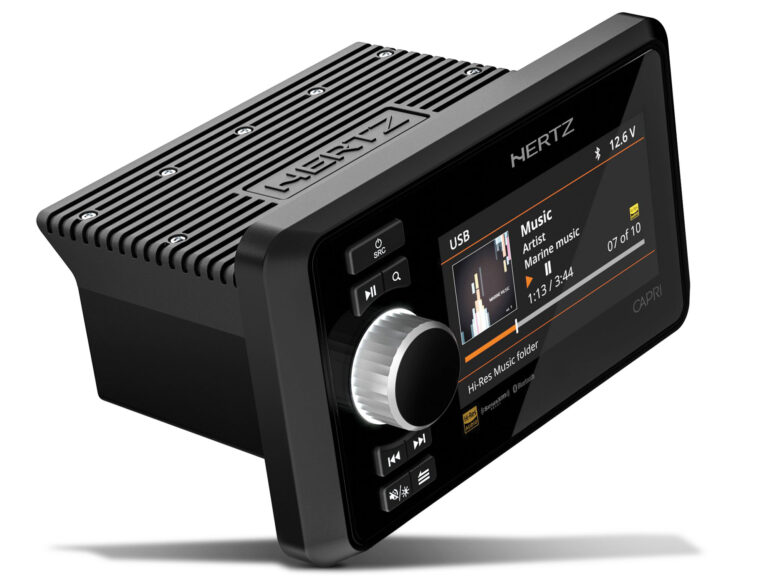Everything you hear these days in terms of marine propulsion seems to be about outboards, with jet drives following close behind. What about sterndrives? Not much has been said because the technological advances of the others, as well as diesel, have outpaced them in recent years. But that’s changing. “Sterndrives are benefiting from a technology infusion from the new lightweight high-tech engine blocks that have reshaped the automotive industry and are now coming into the marine market,” said Ron Huibers, president of Volvo Penta of the Americas. “If you’ve read any reports from the 2013 auto shows on the new V-6 and V-8 engines, you have some good insight into what you can expect from Volvo Penta gasoline sterndrives.”
Volvo Penta and MerCruiser have both announced big reinvestments in their sterndrive applications, with MerCruiser planning to build its own blocks and Volvo marinizing newer automotive blocks to advance the ball. Here, with help from Volvo Penta, are six reasons to be excited for the sterndrive.
Eco-Boost
Despite all the advancements of outboards, sterndrives — four-stroke for decades — still produce significantly fewer emissions than their vertical counterparts. Particularly since all new inboard gasoline engines are required to have catalytic converters.
Heavy Juice
The inboard blocks that couple with sterndrives utilize bigger alternators that have better electrical output at idle and low speeds. That’s no small thing when using your boat for entertainment, which often involves running a refrigerator, stereo, navigation system and more on a leisurely cruise. For instance, Volvo’s V6-225 has a 75-amp alternator, compared with a Yamaha F225 outboard with a 45-amp alternator or a Suzuki DF225 with a 54-amp alternator.
Trim and Fit
Outboards have long been known to have superior power-to-weight ratios, but new advancements in automotive engines have helped sterndrives close the gap. One example: The Volvo Penta V8-430 weighs 1,076 pounds with a Duoprop drive, giving it a power-to-weight ratio of 0.4. By comparison, Yamaha’s V-8 350 hp four-stroke Yamaha F350 Offshore outboard weighs 763 pounds, with a power-to-weight ratio of 0.45.
Gas Mileage
Sterndrives can equal or even best outboards for fuel efficiency at cruising speeds. We recently tested a Volvo V-8 300 DP in a 25-foot runabout that weighs 4,600 pounds and got 3.36 mpg at 27 mph. On a 25-footer that weighed 3,300 pounds with a 300 hp Verado outboard, we recorded 2.42 mpg at 26 mph.
New sterndrives, such as Volvo’s V8-430, also employ variable valve timing (VVT), automotive technology that boosts low-end torque to improve acceleration on the hole shot and throughout the midrange rpm band. VVT also improves efficiency and emissions.
Geared Up
One overlooked benefit of a sterndrive is the fact that the setup has an upper and lower gear box, the former set at 90 degrees to the drive shaft and the latter set at 90 degrees to the prop shaft. On the one hand, that’s more complicated moving parts compared with an outboard; on the other hand, it allows for the ability to adjust gear ratios for maximum performance for its desired use. While outboards have a one-size-fits-all gear ratio, sterndrives can be optimized for high speed or for cruising requirements.
Bigger Props
Because they typically have more displacement and torque, sterndrives can handle larger props and also dual-propeller systems, like Volvo Penta’s Duoprop. Transferring power to twin counter-rotating propellers reduces slip and cavitation in turns and in close-quarters maneuvers around the dock.
Cetane Rated
A sterndrive doesn’t have to mean gasoline. The evolution of smaller, lighter engine blocks, combined with beefier outdrives, has led builders to offer small-block diesel sterndrives as an option. We’ve run boats with Yanmars, Mercury’s TDI diesels and Volvo’s D6 engines. We recently tested a pair of 330 hp D6 engines on an Absolute 40 that recorded a fantastic 3.54 mpg at 33.3 mph.



